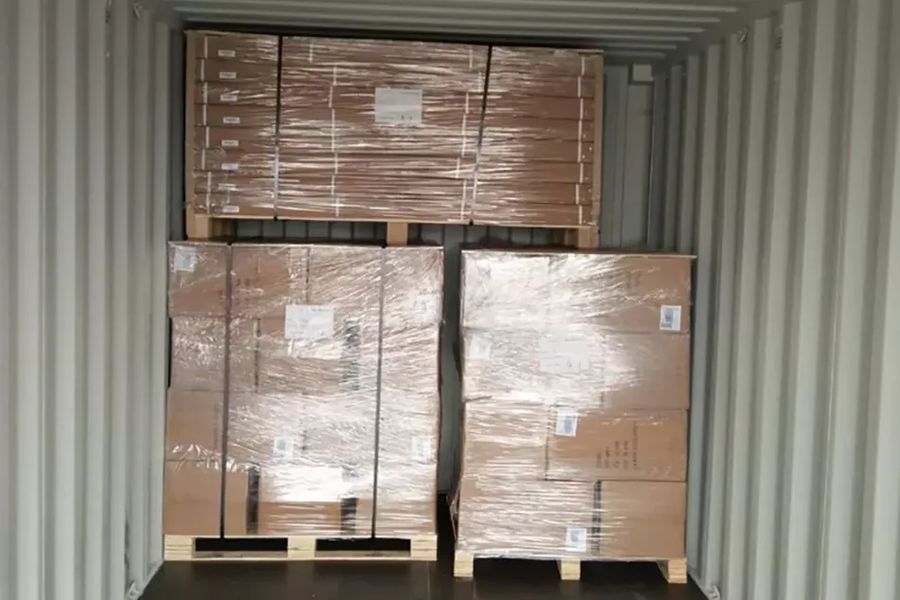Optimizing Space: The Key to Working Efficiently with Shipping Containers

Efficient use of space is a logistical art. Knowing the size of your shipping container is important to maximizing its space. This optimization not only ensures economic efficiency, but also reduces the environmental impact of transport.
Freight transport planners and shippers must carefully consider the size of their goods and the available space inside the container. Making the most of every inch can lead to fewer deliveries, lower transportation costs, and minimize the carbon emissions associated with multiple trips.
The value of these optimization efforts becomes clear as they resonate throughout the supply chain. Optimizing supply not only reduces transportation costs, but also benefits businesses and the economy as a whole. Likewise, reducing freight transport has a positive impact on the environment by reducing carbon emissions, which is in line with the global push for sustainable global practices.
Simply put, optimizing space in shipping containers goes beyond just a logistical necessity; it is a commitment to responsible and sustainable cargo handling. Thoughtful use of available space is a clear indication of the industry's commitment to cost-effectiveness and environmental responsibility. This ensures that the movement of goods is not only efficient, but also takes into account its impact on the world in which we live.
When dealing with a 20ft shipping container, it is essential to adapt to its specific dimensions. People usually choose this size for small shipments or when the cargo volume does not require a larger container. Understanding interior dimensions allows you to pack strategically and prevent wasted space.
A 20-foot container typically carries a variety of cargo, including:
- Textiles and Clothing: Manufacturers often use a 20ft container to transport clothing, fabrics and textiles. This size is suitable for efficient stock replenishment or small order fulfillment for retailers.
- Electronics and technology products. Companies often ship small electronic devices, computer components and technology products in 20-foot containers. This size fits well with the volume and weight of these products.
- Automotive parts. The automotive industry uses 20ft containers to transport small auto parts and components such as engine and brake parts. The container size is convenient for managing the supply chain and ensuring timely delivery of parts.
Large businesses love 40ft containers because they are large and ideal for transporting large amounts of cargo. Think large scale manufacturing, automobiles and construction. These industries find it very useful for moving large parts and large quantities of construction materials.
They is also great for businesses that need to transport very long items. This container is like a puzzle piece that is perfect for saving money on large shipments.


